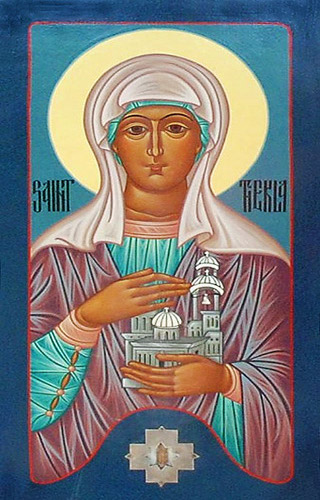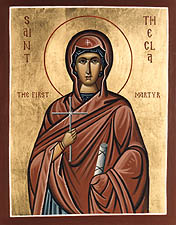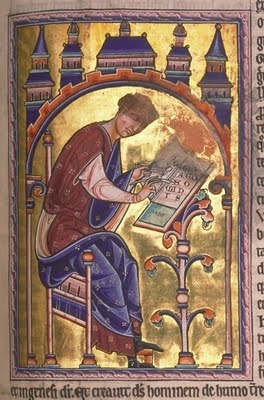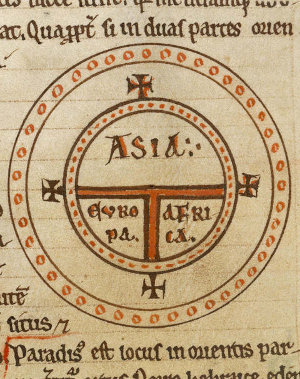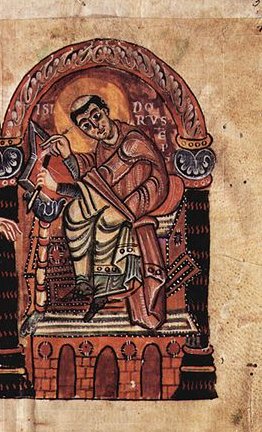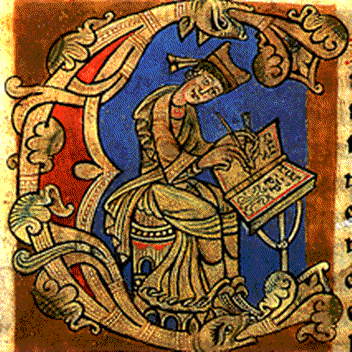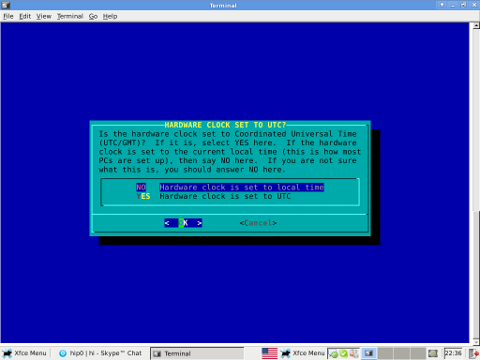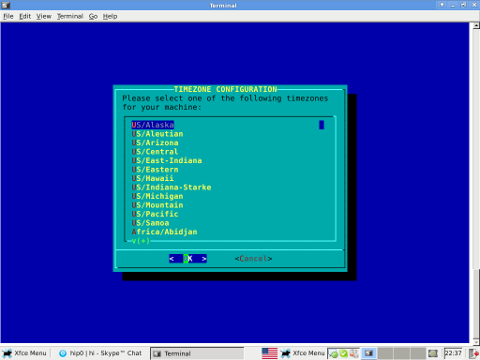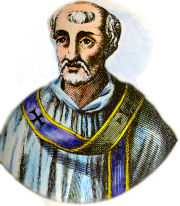
Linus's name is encountered once in the Scriptures (The Holy Bible) in the second book
I really like King James English version of the bible, here is the text extracted from there, mentioning Linus's name:
2 Timothy 4:21
Doe thy diligence to come before winter. Eubulus greeteth thee,
and Pudens, and Linus, and Claudia, and all the brethren. (From KJV 1611 Translation)
Here is a modernized version of the same verse taken from the New American Standard Bible Version (1995):
2 Timothy 4:21
Make every effort to come before winter. Eubulus greets you,
also Pudens and Linus and Claudia and all the brethren.
- New American Standard Version (1995)
Other curious fact maybe, even uknown to Linus Torvalds himself is Saint Linus used to be the first bishop of Rome, after the Apostles bishopship.
This makes Saint Linus the second in place Roman Catholic Pope after Saint Peter in early Western Church. There are some early sources which says Pope Clement I was the second pope of Rome, however probably this sources are erroneous, since some very important early written sources like the Apostolic Constitutions states Linus was the first bishop of Rome and was ordained by St. Paul. The same documents says Pope Linus was succeeded by Pope Clement – ordained by saint Peter.
Below's paste is taken directly from BibleGateway.com cofirming about Pope Linus being the sacond Roman Catholic Pope:
Linus
(a net), a Christian at Rome, known to St. Paul and to
Timothy, (2 Timothy 4:21) who was the first bishop of Rome after the apostles. (A.D. 64.)
Something Pope Linus is known with is, to have issued a church decree that woman should cover their heads in church.This ancient church tradition is still observed more or less in the Orthodox Church. It is not known much about how Saint Pope ruled the early Western Church but since the western and eastern Church used to be in communion in these early days, this means the nowdays Roman Catholic saint Linus is probably a saint in the Eastern Orthodox Church as well.
According to some unprovable written sources Pope Linus later suffered martyrdom and was buried in Vatican Hill next to saint apostle Peter.
St. Linus according to Church tradition passed away in the 1st securury A.D.
Below's paste is taken directly from BibleGateway.com a multilingual website location for reading the bible
Linus
(a net), a Christian at Rome, known to St. Paul and to
Timothy, (2 Timothy 4:21) who was the first bishop of Rome after the apostles. (A.D. 64.)
I've merged a picture of how saint Linus used to look with one of the pictures of Linus Torvalds. It's rather funny they actually look alike 😉 🙂 🙂
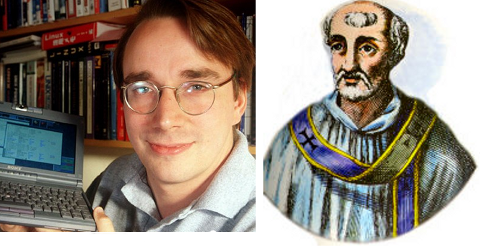
The creator of GNU/Linux kernel Linus Torvalds might not be a saint in Christian sense, but his deed is definitely saintly as he initiated the creation of the Linux kernel and decided to share its source and publish it under GPL (General Public License).
The phenomenon of GNU / Linux Free Operating System existent today and specific type of development is definitely a miracle. The general philosophy of sharing with neighbor your software is also very close to the Christian philosophy of sharing. Actually too many of the ideas of the free software and "open source" movements resemble purely Christian ideas.
The software sharing philosophy has become a reality thanks to Richard Stallman and his GNU Project, however the existence of GNU / Linux as a complete operating system become reality thanks to the Linus torvalds kernel efforts which is known under the code name Linux. Talking about names, maybe not much will know, that Linux kernel used to have a different name in the early stage of its development, its first code name was FreaX
